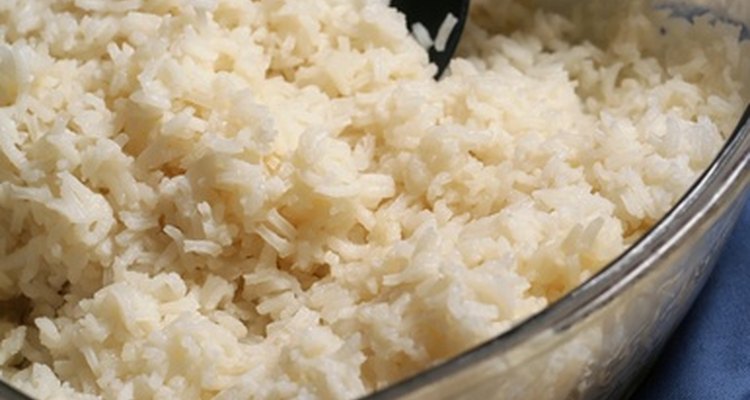
The Cuisinart Rice Cooker allows you to cook white rice without having to figure out the water-to-rice proportions, and you don't have to time it or watch the rice cooking. This is a time saver for the busy working man or woman or stay at home parent because you can focus your energy on other things while the rice is cooking, such as cooking your entree.
Measure the number of servings you want, using the cup that came with your Cuisinart Rice Cooker. One of these cups full dried rice makes two servings.
Place the rice into a mesh food strainer, and rinse it under lukewarm running water for about a minute. This will help prevent it from turning brown or burning while cooking.
Empty the rice into the dark cooking pot provided inside the rice cooker appliance. Evenly distributed the rice in the bottom of the pot.
Fill the cooking pot with water to the line that corresponds with the number of cups (the cup provided with the appliance) of rice you added. For one cup of rice, fill the water up to the line labeled 1, for two cups of rice, fill it up to the line labeled 2, and so on.
Cover the pot with the lid. Face the steam vent in a safe direction.
Plug in your cooker, and press the switch down so that the "Cook" light is on. This appliance will automatically switch to the "Warm" setting when your rice is fully cooked.
Fluff your rice with the paddle provided. If you cannot locate the paddle, use a utensil that is suitable for the nonstick surface.
Related Articles

How to Cook Rice in a Rice Cooker
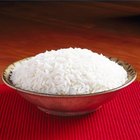
Instructions for Rice Cooker

How to Cook Rice in Foil
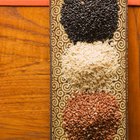
How to Cook Red Rice in a Rice Cooker

How to Cook Japanese Rice

How to Dry Out Sticky Rice

How to Cook Steamed Rice With a Bamboo ...

What Rice Takes the Longest Time to ...
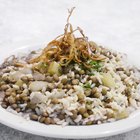
Do Lentils & Rice Have Calcium & ...
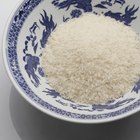
How to Cook Rice Without a Rice Cooker
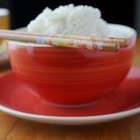
How to Cook Long Grain Rice
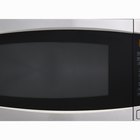
How to Convert Stovetop Recipes to ...
The Best Pot to Cook Rice

How to Make Creole Rice
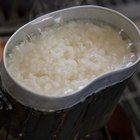
How to Cook Rice in a Thermos
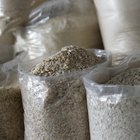
How to Cook Rice Flakes

How to Cook Frozen Dumplings With a ...
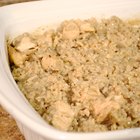
Baked Chicken & Rice With Mushroom Soup

How to Boil Rice
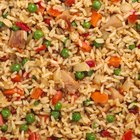
How to Cook Arroz Chaufa
References
- "Cuisinart Instruction and Recipe Booklet"; 2004
Writer Bio
Sarah Von Bergen began writing professionally for eHow in 2009, and she joined Demand Studios in 2010. Von Bergen has a bachelor's degree in business administration from McDaniel College.
Photo Credits
cooked rice image by Liz Van Steenburgh from Fotolia.com